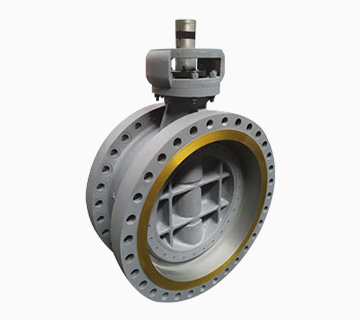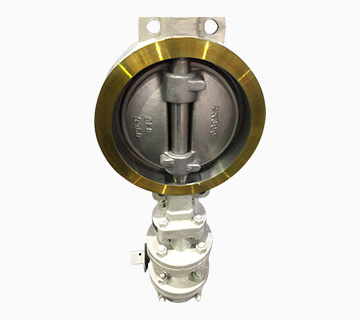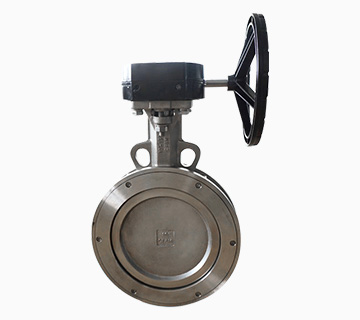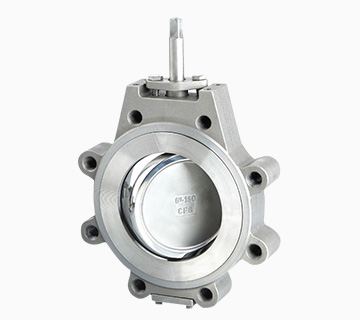Butterfly Valve Manufacturer
Home » Butterfly Valve
Butterfly Valve
XHVAL is an industrial butterfly valve manufacturer that offers four kinds of butterfly valves. Our valve factory in China offers the metal seal and high-performance butterfly valves for high-pressure industrial applications.
XHVAL is also a supplier of two types of eccentric butterfly valves, the double eccentric and the triple eccentric. The double eccentric type is often used in power generation and petrochemical applications, whereas the triple eccentric is used in more demanding industrial applications.
Butterfly valve belongs to the quarter-turn valve family. It is named after its butterfly disk that acts as the gate to open or close the valve. The butterfly valve has a similar look as theball valve. The advantages of XHVAL butterfly valves include: reliable, easy to operate, and less maintenance required.
REQUEST A QUOTE FOR MORE DETAILS
All You Need To Know About Butterfly Valves
Butterfly valves have discs that act as a gate that opens or closes the flow path. The design makes the valve bidirectional. For many industrial applications, hydraulics do the opening and closing of the valves.
Because this kind of valve is lightweight and costs less, industries that need fluid control use them very often. Additionally, many industries prefer this valve as it is small and easy to operate and maintain. Butterfly valves can be operated manually, pneumatically or electronically.
This article provides you with everything you need to know about butterfly valves. What you’ll learn includes the uses of butterfly valves, its parts, the mechanism behind how it works and the different classifications of the butterfly valves. In the later end, you can check the difference between the butterfly valve and the ball valve.
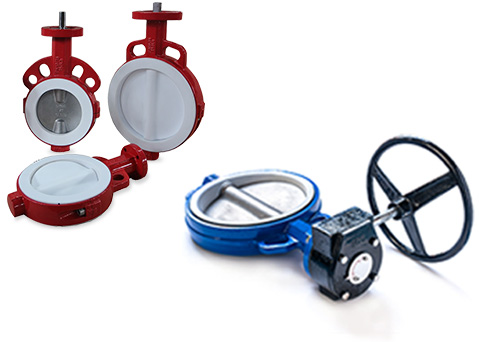
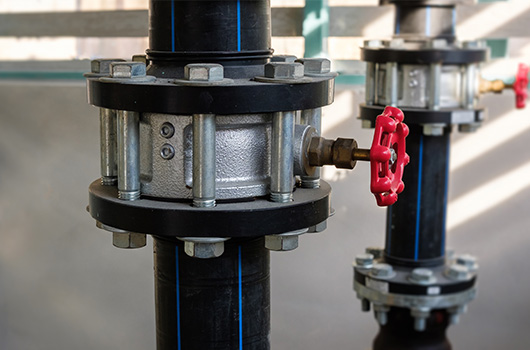
What Are Butterfly Valves Used For?
Butterfly valves are present in almost all industries that need flow control. These could be the following:
- Irrigation
- Petroleum Industries
- Compressed Air Services
- Agricultural Industries
- Cooling and Circulating Water
- Wastewater Industries
- Corrosive Applications
- Fire Protection
- Slurry
Butterfly Valve Parts
Industrial valves have very similar parts and function. While there are minor differences, the major components and their purpose are practically the same. The butterfly valve has four major parts. The designs for each component varies depending on the materials used, the flow media, purpose and the likes.
Body
The body contains the internal parts of the butterfly valve. Depending on the purpose and the media flowing through it, the body can be made of different materials such as brass, stainless steel or PVC. For example, metals are often used when there are high pressure and temperature. On the other hand, for corrosive media, Alloy 20 is often employed because it provides resistance to strong acids such as sulfuric acid.
Disc
The disc allows or prohibits the media to pass through the valve. The many variations to the disk provide different degrees of flow control or sealing force.
Seat
Together with the disc, the seat forms the anti-leak seal for the butterfly valve. Stopping of the media flow happens when seat surrounding the inner diameter of the body seals the disk. While elastomeric seal such as Teflon is more common, seal materials also include clamp rings, O-ring or a rubber ring.
Stem
The stem connects the disc to the actuator, sometimes called the wheel or the handle, depending on the design and orientation. The stem transmits the motion of the handle to the disc. Without it, the actuator cannot manually open or close the disc.
Actuator
Also called the handle, the actuator controls the opening and closing of the valve from the outside of the valve body. There are three actuator styles designed for safety when a failure occurs:
Fail-Open
This means that when the actuator fails, the valve remains open.
Fail-Close
This means the actuator remains closed when there is actuator failure.
Manual
This means that the actuator can be manually manipulated when failure happens.
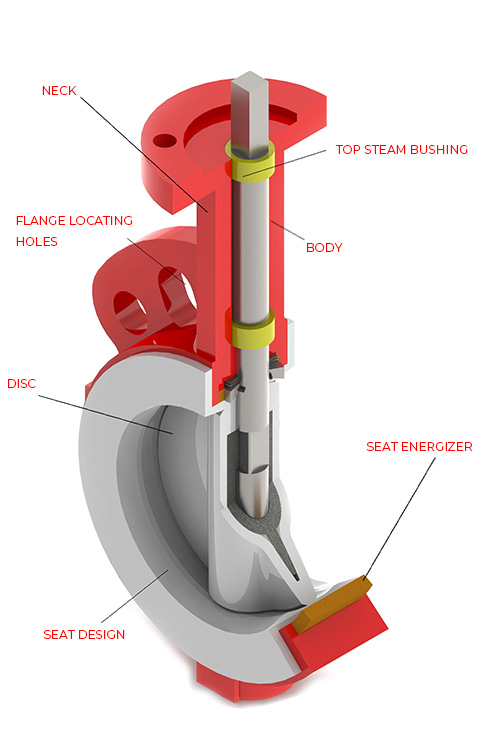
How Does Butterfly Valve Work?
Butterfly valves primarily act as control valves. A thin disc in the middle moves sideways when it is time to open the valve; it is perpendicular to the bore and the stem moves in the same way as the disc.
The size of this disc is almost the same as the inside diameter of the pipers. When the valve closes, the disc and the stem moves sideways again. Throttling happens when the flow control part of the valve is partially open.
Considerations When Buying Butterfly Valves
There are times when valves do not perform at their optimum rate even if it is relatively brand new. Why is this so? The answer lies in the knowledge and application of these valves. Understanding these considerations are part of lengthening the life of such valves.
Flow Medium
Perhaps this is the most important consideration. Knowing the type of medium narrows down the suitable valves to use. Furthermore, understanding corrosiveness or the amount of slurry trapped in the valve cavities are part of the considerations. That being said, mediums with high viscosity are not suitable with butterfly valves.
Piping Considerations
Valves should be able to handle the weight of the piping system; otherwise, the valve may experience high bending load, which then results in leakage and internal valve damage.
Materials Used
The material of the valve body, disc, and seat should be able to withstand the corrosiveness of the passing medium. Another fact to consider is the concentration of acids if acid is indeed the flow media.
With this in mind, there are some kinds of acids that, when diluted with, become more corrosive. Understanding industry standards help in deciding what valve to use.
Butterfly Valve Types By Valve Body Design
The two common body designs for butterfly valves are lug type
and wafer type. These refer to the mounting schemes generally
used by butterfly valve manufacturers.
Wafer Butterfly Valve
The wafer type is an economical option for butterfly valves. In detail, O-rings and gaskets seal the pipe valve to the pipe flanges. Bolts connect the valve to the pipe flanges. There may be flange holes in the body; however, this is not a standard since other designs don’t have these. This connection is more suitable against bi-directional differential pressure and for systems that are more susceptible to backflows.
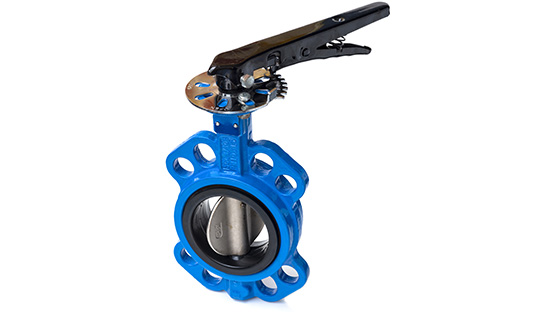
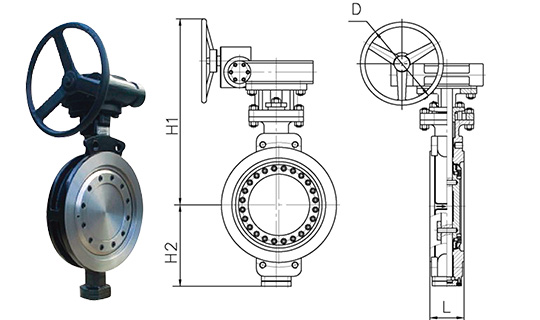
Lug Butterfly Valve
This type of design has lugs attached to the valve body. Dead end connections are the common uses for this type of butterfly valve.
Butterfly Valve Types By Disc Closure Design
This kind of classification is based on the location of the stem,
the disc, and the seat surface angle.
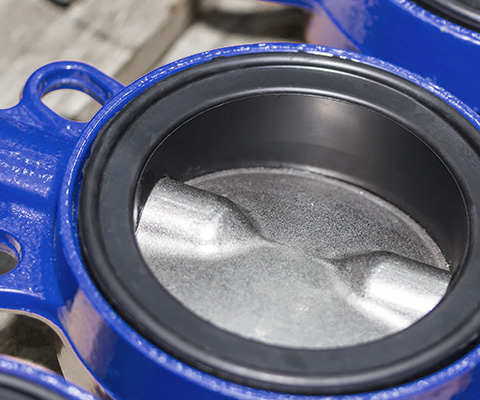
Concentric (Zero Offset) Butterfly Valve
In the concentric valve design, the stem passes through the center of the gate into the pipe bore which is also located at the center of the valve. To seal the flow, concentric valves should have a very flexible seat rubber because the disk touches the seat first when rotated in a quarter turn.
Since the disk and the seat are always in contact, the body of the valve is less prone to corrosion as the media flows. It only touches the seat that acts like a sleeve.
Low-pressure applications are the common uses for this valve. They also go by these names: centric butterfly valve, centerline butterfly valve, or the resilient-seated valve.
Eccentric (Double or Triple Offset) Butterfly Valve
The stem passes the center back side of the disk and attached to the center bore. Otherwise known as the single offset butterfly valve, the design prolongs the lifespan of the valve. In order to do so, the disc and the seat have less contact before the valve closes.
Double Offset Butterfly Valve
The double offset is a high-performance valve with two offsets radiating from the center. That is, the stem is placed behind the disk and there is another offset placed on one side of the disc.
The design creates a cam action, transforming the rotational movement into a more linear one. Furthermore, it provides less friction to the seat. An in-depth explanation about what a double offset butterfly valve is can be viewed in the video above.
Industry standards dictate that this type of valve follows the ANSI Class 600 for stainless and carbon steel. Most seats of this design are made of Teflon but since high-pressure use is also common, metal seats are also available. Most applications include chemical, gas, oil, HVAC, water treatment, and power generation.
Triple Offset Butterfly Valve
In contrast to the double offset, the triple offset butterfly valve has three. An additional offset is in the disc seat. Compared to the two other offset designs, this is the most efficient and less prone to wear and tear since.
In addition to this, the seal is stronger because of the offsets on both sides. Triple offset designs require a metal seat as most applications have to deal with high temperature and pressure that is over 150 psi. If you want to learn more about triple offset butterfly valves, check out the video above.
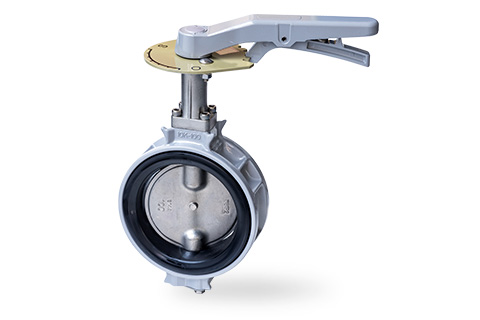
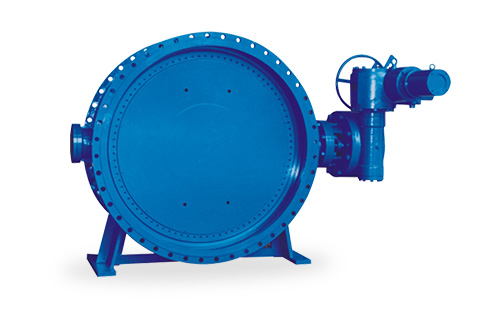
Butterfly Valve Types By Material
While there is a limitless number of materials to make butterfly
valves, one can narrow down the most common into two.
PVC Butterfly Valve
Plastic butterfly valves have been on the rise as it is cost-effective. They may be lightweight but this type of material still possesses strong structural capabilities, making them ideal for applications that have low to moderate pressure. Compared to the metal material, PVC does not react to most fluids and gases.
Cast Iron Butterfly Valve
If metal is the choice of material, cast iron is the typical choice for industrial applications. Compared to the PVC, cast iron can withstand higher temperature and pressure levels, making them a better choice for industrial applications.
Butterfly Valve Types By Material
There are two methods of operating butterfly valves. The manual method employs either a gear wheel or lever. Automation is the other mode of operation.
The gear wheel is actually a combination of the gear and the wheel-like contraption that rotates only a quarter to open or close the valve. This is then attached to the stem so it can move the disc located inside the valve.
The other manual method of opening and closing the gear is the lever method. Often with a locking mechanism, the lever-type is the most practical but most often than not, unsuitable for larger operations as it needs more force. It has a wrench-like extension that moves left or right to open or close the disc.
Most often used in industrial applications, automation of the actuator is best suited for valves with larger dimensions. Automation of actuators can be one of the three types below.
Electric Butterfly Valve
An electric motor aids the opening and closing of the valve.
Hydraulic Butterfly Valve
With the help of the hydraulic pressure is applied to the piston, the valve either opens or closes.
Pneumatic Butterfly Valve
Compressed air aids the gear to open or close the valve.
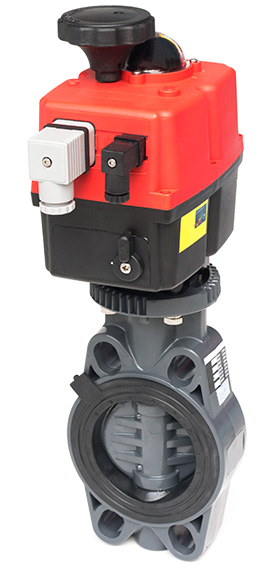
Butterfly Valve vs. Ball Valve
Butterfly valves and ball valves are two of the most commonly used quarter turn valves. Both are popular in industrial applications; however, there are few differences.
Compared to ball valves, butterfly valves are more inexpensive and easier to install. However, the butterfly disc is the giveaway. Cleaning would take some effort due to the design. In terms of the capacity to carry high pressure and temperature, ball valves have an edge over butterfly valves.
Furthermore, ball valves have a low-pressure drop, something that butterfly valves cannot replicate. On the other hand, butterfly valves have fewer body parts and spaces that can trap debris. Also to highlight, there is one capacity that ball valves cannot do that butterfly valves are good at – throttling.
Request A free quote
Or contact us to see our certificates
We'd like to work with you
- +86 577 5768 9696
- +86 577 5768 7951
- [email protected]

